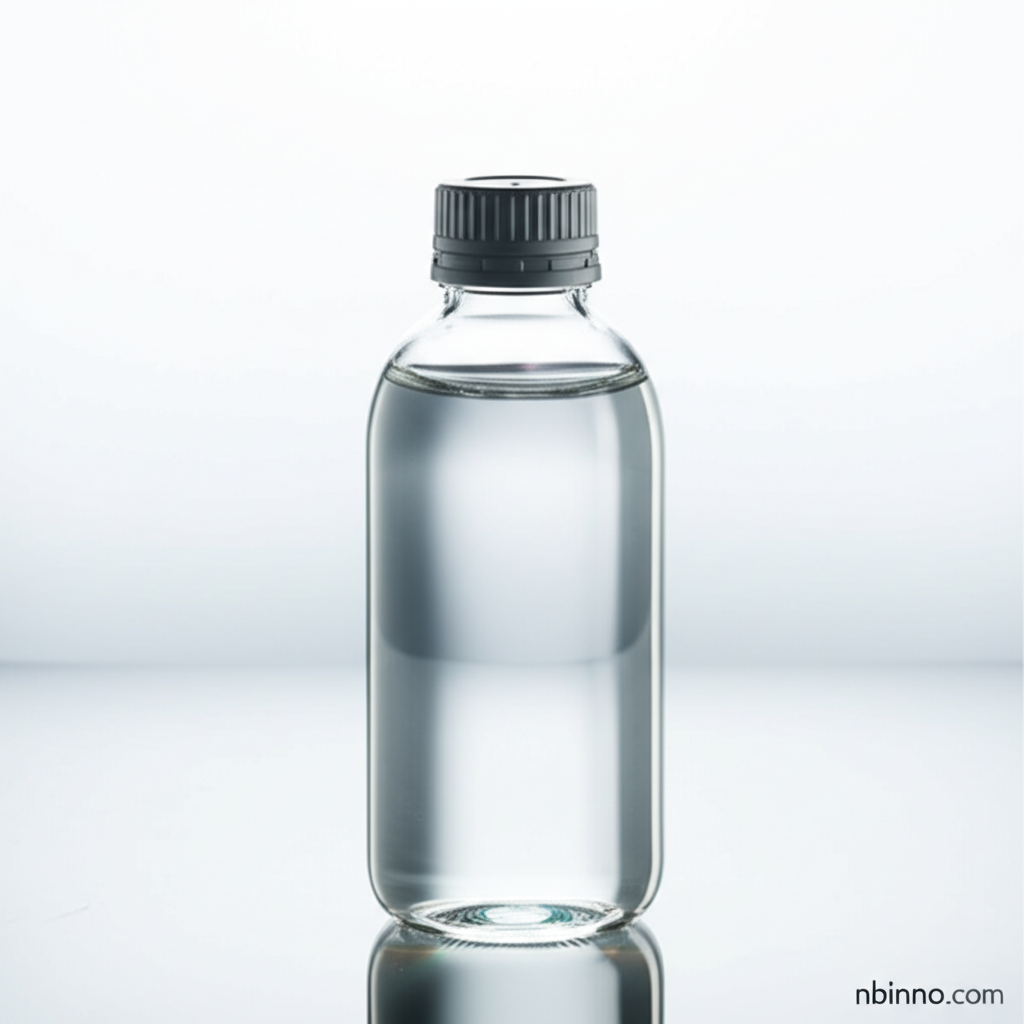Unlock the Potential of 2-Ethylhexanol
Discover the versatile properties and widespread industrial applications of this essential C8 alcohol.
Get a Quote & SampleUnveiling 2-Ethylhexanol: A Chemical Cornerstone

2-Ethylhexanol
2-Ethylhexanol, also known as 2-EH, is a branched, eight-carbon chiral alcohol. It is a colorless liquid recognized for its utility as a chemical intermediate, solvent, and a key component in numerous industrial processes. Its unique molecular structure contributes to its low volatility and excellent solvency properties, making it indispensable in the production of various high-value chemicals.
- Explore the primary uses of 2-ethylhexanol in plasticizer production, notably for PVC applications, enhancing flexibility and durability.
- Understand what 2-ethylhexanol is used for beyond plasticizers, including its role in coatings, adhesives, and as a specialty solvent.
- Delve into the 2-ethylhexanol chemical properties, such as its low water solubility and high solubility in organic solvents, which dictate its applications.
- Learn about the industrial production of 2-ethylhexanol, typically involving aldol condensation of n-butyraldehyde followed by hydrogenation.
- Discover the significance of 2-ethylhexanol for PVC plasticizers and how it impacts the performance of flexible PVC products.
Key Advantages and Characteristics
Versatile Chemical Intermediate
As a chemical intermediate, 2-ethylhexanol is vital for synthesizing a wide array of products, most notably plasticizers like dioctyl phthalate (DOP) and trioctyl trimellitate (TOTM), crucial for flexible PVC.
Effective Solvent Properties
Its low volatility solvent properties make it valuable in applications such as coatings, paints, and lacquers, where controlled evaporation rates are essential for film formation and finish quality.
Enhances Product Performance
The inclusion of 2-ethylhexanol in formulations, particularly in coatings, enhances flow and gloss in baking finishes and acts as a dispersing agent for pigment pastes, improving overall product aesthetics and functionality.
Primary Application Areas
Plasticizer Production
The lion's share of 2-ethylhexanol production is dedicated to manufacturing plasticizers, especially phthalate esters like DEHP, essential for the flexibility of PVC in applications ranging from cables to flooring.
Coatings and Adhesives
2-Ethylhexanol serves as a precursor for 2-ethylhexyl acrylate, a key monomer in the production of acrylic resins used in high-performance paints, coatings, and adhesives, leveraging its uses of 2-ethylhexanol in coatings.
Solvents and Chemical Synthesis
As a solvent, it finds use in various industrial processes due to its low volatility. It's also a precursor for other chemicals like 2-ethylhexyl nitrate, used as a diesel fuel additive.
Other Industrial Uses
Beyond its major applications, it contributes to lubricants, mining chemicals, and is even found in some fragrance compositions, showcasing its broad industrial reach and properties of 2-ethylhexanol.
